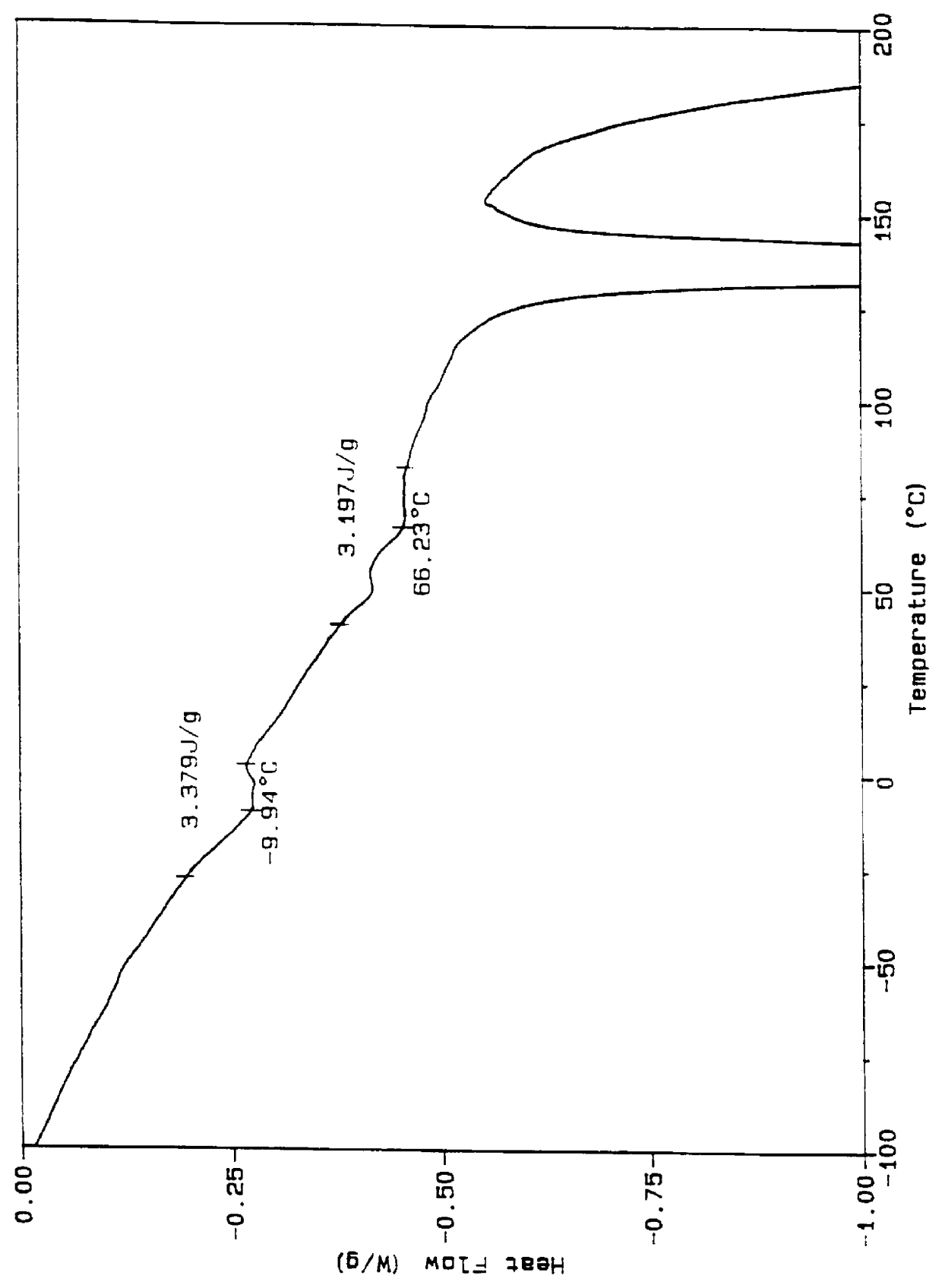Surfactant co-clathrates
a technology of coclathrate and surfactant, which is applied in the field of surfactant coclathrate, can solve the problems of not being soluble in water, difficult to uniformly include in dry pesticidal formulations, and liquids, pastes or soft waxes at ambient temperatures, and achieves excellent wetting properties, low phytotoxicity, and provides fertilizer activity.
- Summary
- Abstract
- Description
- Claims
- Application Information
AI Technical Summary
Benefits of technology
Problems solved by technology
Method used
Image
Examples
examples 1-8
The procedures of Comparative Examples A-D are followed with the compounds identified in Table III below and the polysiloxane surfactant of Comparative Examples A-D (i.e. Silwet L-77). In all cases, the weight ratio of the compound to polysiloxane surfactant to urea is 25:25:50.
21 RHODASURF BC-840; a trademark of Rhone-Poulenc Inc.
22 IGEPAL CO-720; a trademark of Rhone-Poulenc Inc.
23 RHODASURF E-400; a trademark of Rhone-Poulenc Inc.
24 RHODASURF E-600; a trademark of Rhone-Poulenc Inc.
25 RHODASURF E-1000; a trademark of Rhone-Poulenc Inc.
26 ANTAROX P-84 a trademark of Rhone-Poulenc Inc.
27 ANTAROX F-68, a trademark of Rhone-Poulenc Inc.
All of the above compounds with the polysiloxane surfactant formed a molecular inclusion complex with urea as a dry, solid, free-flowing single-phase material which exhibited no detectable DSC thermal transition for any of the individual components except urea. For example, compare the DSC scan shown in FIG. 7, with is a scan of the product of Example ...
example 9
The procedure of Comparative Examples A-D is followed with the isotridecyl alcohol ethoxylate [15 EO] of Comparative Example M, (i.e. RHODASURF BC-840), the polysiloxane surfactant of Comparative Examples A-D (i.e. SILWET L-77), and the block copolymer of ethylene oxide and propylene oxide having (8 EO / 35 PO / 8 EO) of comparative Example G (i.e. ANTAROX L-72). The weight ratio of the isotridecyl ethoxylate to polysiloxane surfactant to block copolymer to urea is 25:12.5:12.5:50. The resulting product was a dry, solid, free-flowing, single-phase molecular inclusion complex which exhibited no detectable DSC thermal transition for any of the individual components, except urea. Compare the DSC scan shown in FIG. 8, which is a scan of the product of Example 9, with the DSC scans shown in FIG. 5, which is RHODASURF BC-840 alone, in FIG. 1, which is SILWET L-77 alone, and in FIG. 4, which is ANTAROX L-72 alone.
PUM
| Property | Measurement | Unit |
|---|---|---|
| Fraction | aaaaa | aaaaa |
| Fraction | aaaaa | aaaaa |
| Fraction | aaaaa | aaaaa |
Abstract
Description
Claims
Application Information
 Login to View More
Login to View More - R&D
- Intellectual Property
- Life Sciences
- Materials
- Tech Scout
- Unparalleled Data Quality
- Higher Quality Content
- 60% Fewer Hallucinations
Browse by: Latest US Patents, China's latest patents, Technical Efficacy Thesaurus, Application Domain, Technology Topic, Popular Technical Reports.
© 2025 PatSnap. All rights reserved.Legal|Privacy policy|Modern Slavery Act Transparency Statement|Sitemap|About US| Contact US: help@patsnap.com



